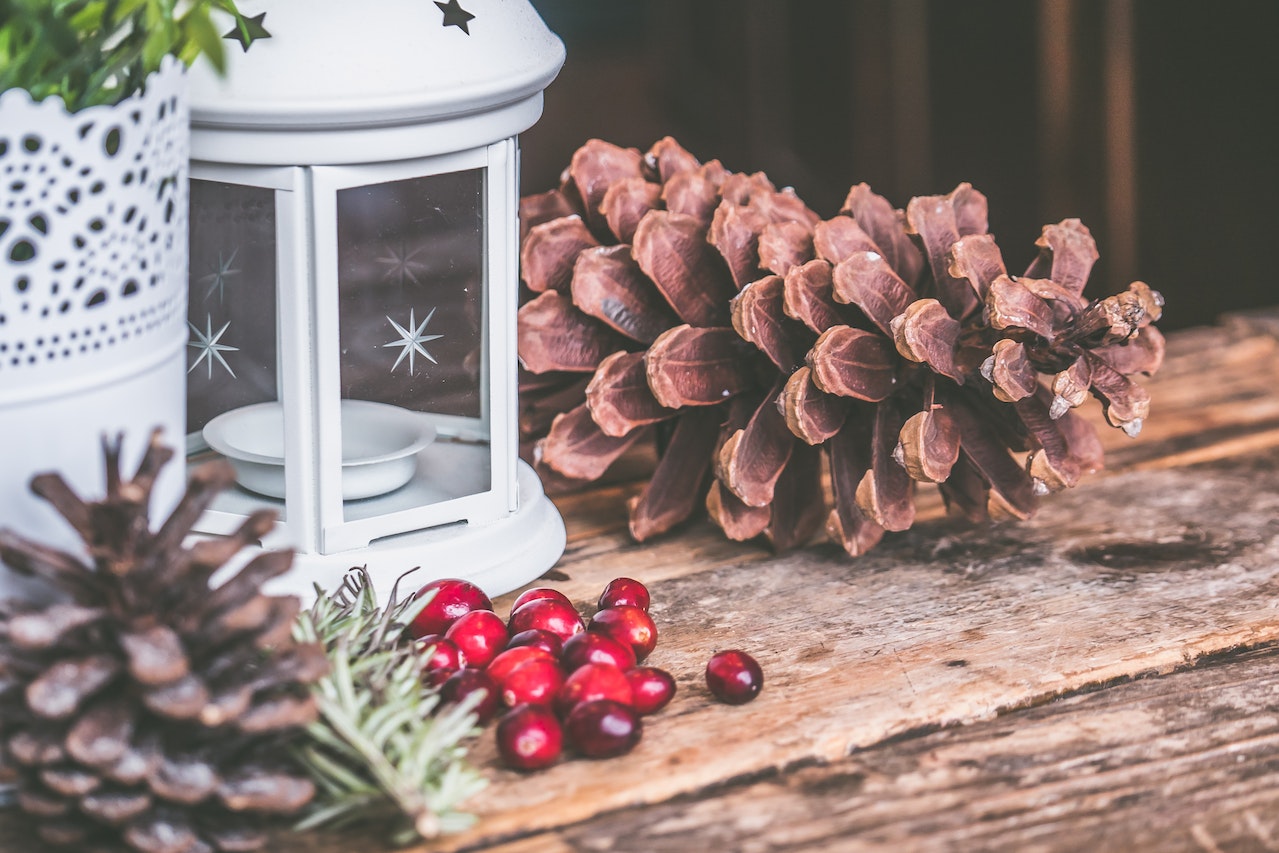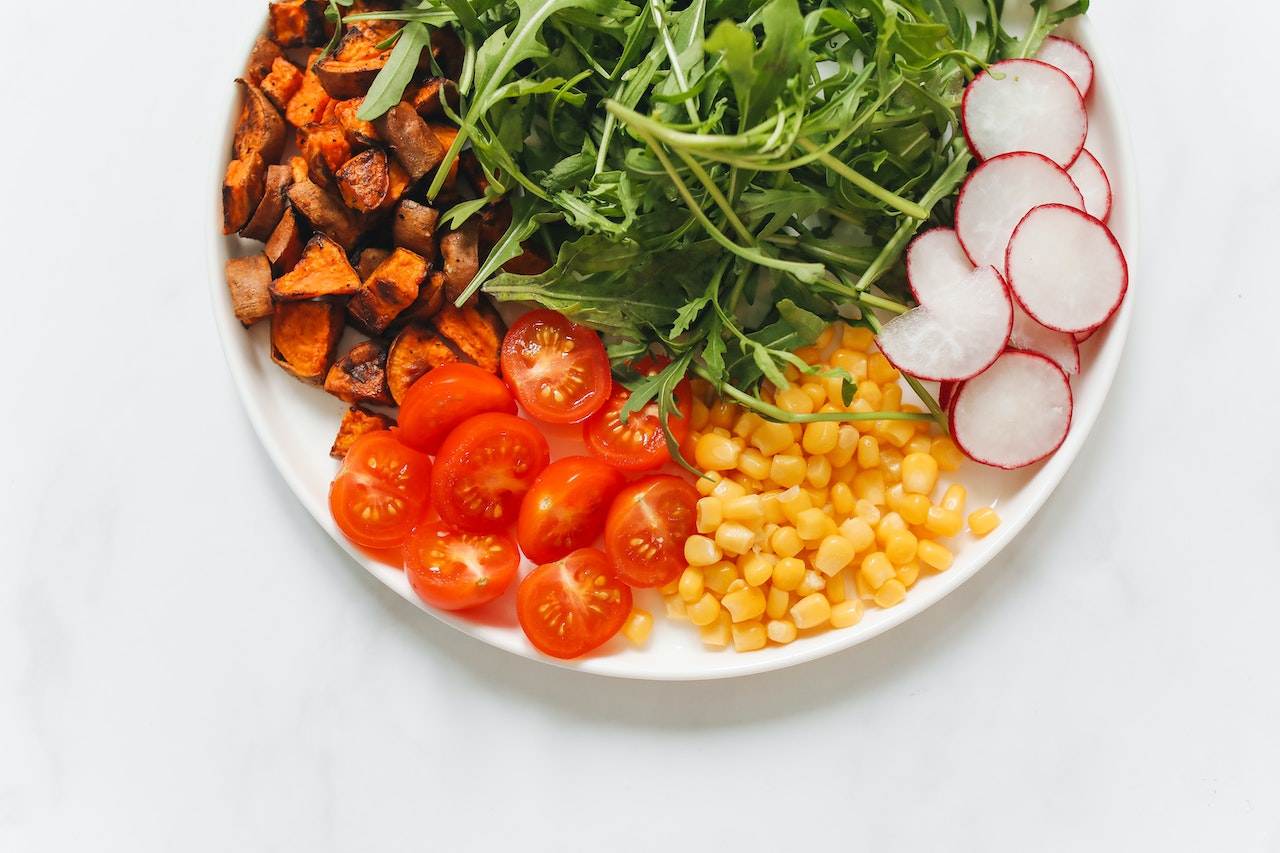
- East Side Acupuncture6515 Basile Rowe
East Syracuse NY 13057
181 Kenwood Ave.
Oneida, NY 13421(315) 569-6579 East Syracuse Hours
Mon9am-6pmThurs9am-6pm
Oneida Hours
Tues9:30am-1pmWed9:30am-5:30pm
-
- Sign up to receive news and updates and get my free report:“The Top 10 Reasons to Try Acupuncture”

-
- TestimonialsWhy acupuncture? Why not?! Couldn’t hurt. My husband and I had been trying to get pregnant for 4 years. We were charting my BBT and watching for “signs” of fertility. We tried a ton of stuff. One day my mother had asked if I had ever considered acupuncture for fertility. She said that she had a co-worker whose daughter tried it for her fertility and after one session she ended up pregnant! I thought about it and figured that we... Read more »
When I decided that I wanted to stop drinking; I knew I needed help. I saw a commercial on tv for a addiction recovery place and in it someone was receiving acupuncture. I thought it was a place to start. I found casey on line and made a appt. He asked questions and took some history with out being judgemental then proceded with a treatment. For the first few weeks I was anxious but Casey gave me herb supplements and had me take note of
... Read more »I lead a very active lifestyle and for 4 years I had been experiencing pain in my arms as well as fatigue and shortness of breath whenever I worked out. I had been to several doctors who prescribed the general remedies; iron supplements, ibuprofen and rest. Finally I just gave up and conceded to the idea that the pain would never go away. After constant nudging from my training coach I agreed to go see Casey not really knowing what to expect but... Read more »I sought Casey’s help last year when I started nursing school and became physically ill from all the stress. I had a lot of trouble with my shoulder/back/neck, could not breathe well, and kept having weird pains all over I could not really explain. Casey was able not only to begin unlocking all the chaos in my body, but also to instruct me on the beginnings of better living that have all started coming together. The effects are not always
... Read more »After living a year in terrible pain even after a cortisone shot and physical therapy, I was regretfully facing shoulder surgery for an impingement. At this point, I decided to try one last thing…acupuncture. I found Casey through a referral and he was able to completely relieve my shoulder pain through acupuncture…something that I only thought that surgery and a long road of physical therapy would do. I would recommend Casey to anyone considering acupuncture…he explained exactly what he was
... Read more »I have been treated by Casey for an arthritic neck and lower back and have felt an over-all effective reaction to the acupuncture treatment. I recommend him to my friends and they also have had good results.
I was referred to Casey Lewis for sciatic pain in my leg, which being a hair dresser was becoming extremely difficult to bear. I was also experiencing hot flashes, day and NIGHT. After one treatment, my pain level immediately went from a 8 to a 1, and I have not had a hot flash since!! I have seen Casey only 6 times in 5 months, and my life now is practically pain free. I would recommend acupunture to anyone looking
... Read more »I saw Casey for 16 sessions recently. When I went to see him on a referral from a friend I was most concerned with back pain, but I was also working on some weight loss and thought this would help, as well as some stress relief. I was amazed that after the first visit I had absolutely no back pain and that would last about the full two weeks until I saw him again. He has also helped me with
... Read more »I have had 8 sessions with Casey, for a few issues I was having. Horrible leg cramps were keeping me up. After the first session (and it doesn’t hurt) I had a great nights sleep. My hands and fingers do not go numb, and my overall physical and mental feelings have become much better! I definitely recommend this New/Old treatment to anyone with problems, and definitely before you decide to have surgery. It just might avoid it! (like it did
... Read more » -
Latest Articles:
- • 10 Family-Friendly Activities Perfect for Spring •
- • 3 Easy Spring Dinner Ideas for a Fresh and Flavorful Season •
- • 5 Tips to Boost Your Spring Wellness Routine •
Health Well News
Three Steps to Keep Winter Allergies at Bay
You might think that the cold winter season would bring relief for seasonal allergy sufferers, however, it just brings about a different set of indoor allergens. As those colder temperatures become the norm, people tend to spend more time indoors which brings them into contact with indoor allergens.

Inside Allergy Triggers
These indoor allergy triggers have likely been in your house all year, but when you hibernate inside during the colder months with the windows closed and the heat on, they tend to become more pronounced. Some of the major triggers include dust particles, mold and mildew, and pet dander.
Perhaps the most unique winter allergy that really is a part of the season is Christmas tree allergies. This can be a complex problem as it could be an allergy to pine (or the tree itself) or the tree could be covered in allergens like pollen or mold spores. If you are sensitive to smells, the strong odor might be an issue throughout the Christmas season.
Outside Allergy Triggers
If you live in a wet and rainy area, outdoor mold can begin to form in late winter and early Spring. Much like an allergy to pine, cedar pollen can create havoc for people sensitive to this allergen. Cedar is largely contained in the areas of Southern Missouri, Oklahoma, central and western Texas and Northern Mexico. This allergy is often referred to as “cedar fever.” The cedar pollinates from December through March and can sometimes release so much pollen it looks like the trees are emitting smoke.
Allergy Symptoms vs. Cold Symptoms
Sometimes it can be difficult to tell if you are suffering from allergies or a cold as some of the symptoms might be the same or similar. Common allergy symptoms include sneezing, a stuffy or runny nose, itchy eyes, ears, or throat, dry coughing, or a low-grade fever. In severe cases, symptoms can be related to asthma and include chest tightness, wheezing, rapid breathing, and feelings of exhaustion.
The way to tell the difference between allergies and a cold is to examine the source. Colds come from a virus that is passed by someone infected with it. Once your body fights off the infection, the cold symptoms end. Allergies come from your body’s release of histamine as a response to the allergens. Symptoms will persist if you are breathing in the allergens.
Treatment Options
There are many different treatment options depending on the severity of the symptoms. Over-the-counter antihistamines are a common course of action for many allergy sufferers. Nasal irrigation or using distilled water to flush out nasal passages, is another option. Nasal sprays are also common and for those who have severe symptoms, allergy shots are an option.
If you are looking for a drug-free alternative, acupuncture has also been proven a successful treatment option. As a general assessment, typical allergy acupuncture treatments will involve weekly or twice-weekly appointments spanning several weeks or even months depending on the symptoms. Your acupuncturist can then determine if annual or semi-annual treatments are needed to maintain results.
The root cause of allergies is different for everyone. Another option your acupuncturist might explore with you is to add herbal formulas to your treatment plan as this can greatly increase the efficacy of the treatments. Adding herbal formulas along with the traditional needle treatment can be an effective one-two punch for treating winter allergies.
Prevention
Some easy steps to take as you head into the cold winter months is to regularly wash clothes, bedding, and any removeable upholstery covers. This helps to reduce the pet dander and dust build up. Regularly vacuum your home and in severe cases, you might want to think about removing carpet and replacing it with tile or wood flooring. Seal any cracks or openings near windows and doors and fix any leaks so mold doesn’t have the chance to form. Do what you can to limit exposure and keep your environment allergen free so you can feel better overall.
Healthy and Hearty Winter Recipes
When the weather gets colder there is nothing better than a warm and comforting bowl of goodness to keep the chill away. But sometimes the challenge is to keep things healthy as the temperatures drop. We often tend to drift away from our fresh vegetable dishes of summer into carb heavy dishes of pasta and other carbs. That is all fine in moderation, but if you are looking to keep things healthy through the winter, this recipe is a great way to eat the rainbow.

During the long, dark nights of winter, it can be a treat to find something colorful, warm and filling to eat. Bowls are a great way to incorporate different food groups, keep an eye on portions, and still find the comfort that comes from a warm dish on a cold night.
Some nutritionists call these types of bowls “nourish bowls” and they are completely customizable depending on what you like and what’s in your pantry at the moment. They are perhaps the easiest way to incorporate grains, protein and lots of veggies. They are also a great way to mix textures and different flavors and if you have picky eaters in your family, remember they are customizable so you can incorporate different toppings to suit the needs of your household. And another pro tip, these are excellent options for meal prep so you can enjoy a warm, comforting, and nourishing dish whether you are working from home or heading to the office.
This recipe is just a sample of one bowl option. Remember, you can customize to what you like. This bowl will definitely help you to eat the rainbow during winter.
Ingredient Options
Start off with some sweet potatoes for a satisfying orange base. You can roast them in the oven alongside some chickpeas and spice them up for extra flavor. Quinoa can add some protein and bulk to your bowl. Kale and spinach add that nice leafy green touch of freshness. Red cabbage adds another touch of crunch and freshness, and Tahini makes a great base for sauce or dressing to toss with your bowl.
Assembling Your Bowl
After you have seasoned and roasted your sweet potatoes and chickpeas on a baking sheet for 25 minutes at 350 degrees, you can toss your kale with apple cider vinegar and salt and spread it onto a baking sheet. Roast for 10 minutes, flip the kale chips and roast for another five minutes. While the ingredients are roasting, cook your quinoa according to the package instructions. In a small bowl, whisk together tahini, water, lime juice, maple syrup, garlic powder and salt for an amazing dressing for your bowl. Wash and chop your fresh spinach, red cabbage and half of an orange for some added zing and freshness.
Assemble your bowl with your sweet potatoes, chickpeas, quinoa, kale chips, spinach and red cabbage and then top with orange slices and some toasted walnuts or almost and drizzle with that amazing tahini dressing.
The only thing left to do is enjoy!
Three Tips for Maintaining Your Mental Health in Winter
Many people struggle during the winter months with their mental health. It could be the shorter days and darker nights, or it could be related to family issues and the holiday season. People deal with this in different ways, but it can lead to avoidance of social interactions, overeating or emotional eating, as well as a mental fogginess that can lead to negative thoughts and overwhelming feelings.

The survival instinct for many of us, especially those living in extremely cold regions of the world, is to wrap up in a blanket, eat lots of comfort food, and hibernate indoors. But it’s important to take inventory of your mental well being as much as your physical. Here are three tips to follow when evaluating your mental health this winter.
Listen to the Needs of Your Body
The winter days are shorter and the nights colder and darker and this definitely has an impact on our internal clocks. This low light can have our bodies ready for sleep earlier than usual in the lighter summer months. You might find yourself going to bed 20-30 minutes earlier than usual. Your body will tell you what it needs so make sure you listen and possibly incorporate a power nap mid-day if necessary.
Nutrition is Key
As previously mentioned, our tendency can often be to eat more and move less in the cold weather. Warm bowls of soup or pasta are often our favorite things when the temperature drops. But feed your hunger wisely and make sure you don’t go completely overboard with the comfort foods. Stock your pantry with nutritious food like nuts, crackers and hummus, yogurt and sweet potatoes. This will keep your physical health and your mental health strong through this cold season.
Keep on Moving
When it’s cold and snowy or rainy outside, the tendency is to grab a warm blanket and curl up with a book or binge watch the latest show you have been saving for just such weather. And this is a great plan in moderation. It’s important that you keep moving even when it’s cold outside. Our bodies need movement to stay healthy. If you don’t have a time set aside for regular exercise, you should consider adding this to your daily schedule. If you work inside and sit at a desk all day, set an alarm that reminds you to get up every hour and move; take a walk, stretch, or simply take the stairs instead of the elevator. Anything to keep your body in motion. This is a great way to keep your mind active as well.
Our physical and mental health are tied together so make sure they aren’t neglecting one or the other. Taking care of them both will set you up for a productive winter and help you welcome Spring with a healthy mind and heart.

